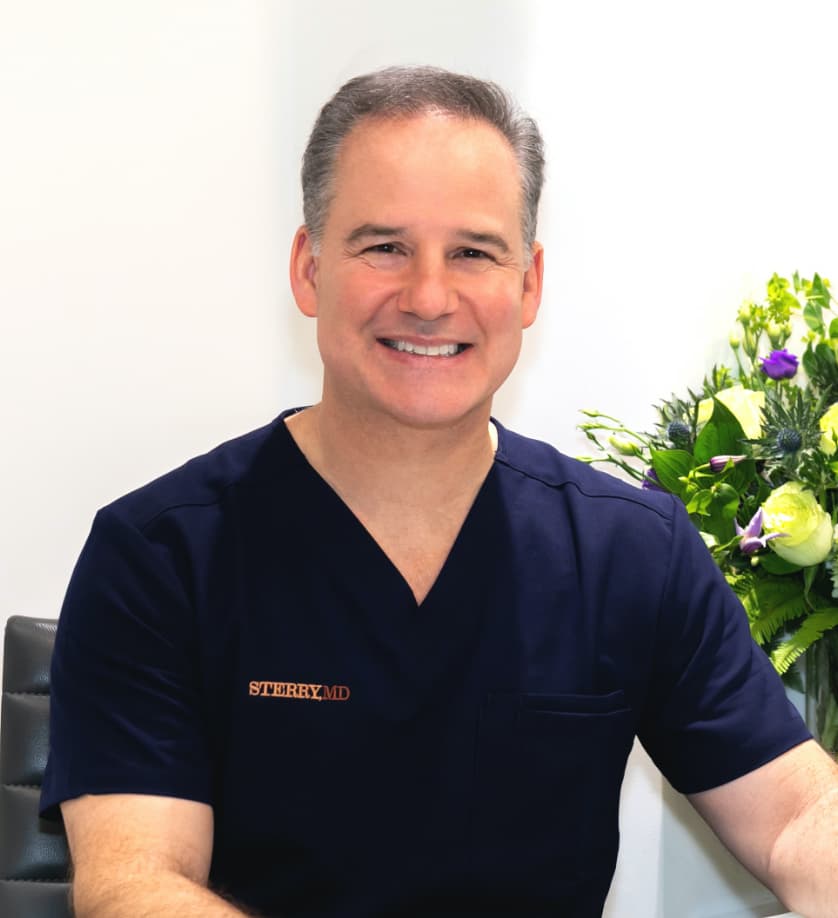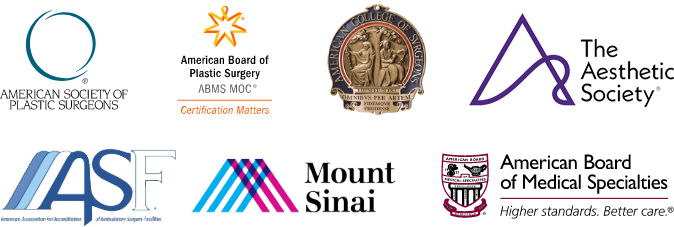One of the questions most often asked on websites such as RealSelf is about the difference between a tummy tuck and liposuction. Each procedure serves a unique purpose: liposuction removes stubborn fat deposits, while a tummy tuck addresses loose skin and weakened abdominal muscles. They can also be performed together to create a smoother, more contoured abdomen—much like pairing peanut butter and jelly.
It’s essential to choose a board-certified plastic surgeon with extensive experience in body contouring. Combining a tummy tuck with liposuction requires expertise in both procedures and a keen understanding of how they work together.
Explore our before and after galleries for liposuction and tummy tuck to see the kind of results we achieve.
How Liposuction Works
Liposuction, or suction-assisted lipectomy, is designed to remove localized fat pockets that resist diet and exercise. Here’s a quick overview:
- Procedure: A small cannula is inserted under the skin to break up and suction out fat cells.
- Anesthesia: Depending on the extent of treatment and patient comfort, it can be performed under general, twilight (sedation), or local anesthesia.
- Ideal candidates: People within 20 pounds of their ideal weight, with good skin elasticity and no significant history of pregnancy or major weight loss.
- Recovery: Typically outpatient with minimal downtime; most patients resume normal activities within a week or two. Heavy lifting and strenuous exercise should wait for your doctor’s approval.
- Results: Provides a more contoured shape by targeting stubborn fat but does not address excess skin or loose muscles.
By targeting stubborn fat and refining body contours, liposuction offers noticeable improvements in shape, but it’s most effective when paired with healthy habits and realistic expectations.
When To Consider a Tummy Tuck
A tummy tuck (abdominoplasty) is a more comprehensive operation that removes excess skin, repairs muscle separation (diastasis recti), and refines the abdominal profile. Key points include:
- Procedure: A horizontal incision is made across the lower abdomen; excess skin and fat are removed, and muscles are tightened, producing a firmer abdomen.
- Ideal candidates: Individuals with loose or sagging skin, weakened or separated abdominal muscles, and possibly some excess fat—often due to significant weight loss or pregnancy.
- Anesthesia: Usually requires general anesthesia because of the extensive nature of the surgery.
- Recovery: More involved than liposuction. Patients typically need about two weeks off work, and full healing can take several months. Initial swelling and discomfort are significant, and patients must maintain a bent posture for the first week.
- Results: Dramatically flattens and tightens the abdomen by removing extra skin and tightening muscles.
Because it addresses both skin and muscle laxity, a tummy tuck delivers transformative results that go beyond fat removal—creating a firmer, smoother, and more contoured midsection.
When Combination Surgery Makes Sense
For many people, combining liposuction with a tummy tuck offers the best of both worlds: fat removal and skin and muscle tightening. This approach can create a more balanced contour, especially around the hips and waist. When considering combination surgery, it’s crucial to select a surgeon well-versed in both procedures. Learn more about combining tummy tuck and liposuction to understand how they complement each other and to see why patients often choose this option.
Side-by-Side Comparison: Tummy Tuck vs. Liposuction
| Feature | Liposuction | Tummy Tuck |
| Goal | Removes isolated fat deposits that diet and exercise can’t fix. | Removes excess skin and fat and tightens separated abdominal muscles. |
| Ideal Candidate | Within 20 pounds of ideal weight; good skin elasticity; no loose skin. | Post-pregnancy or major weight loss, loose skin, or muscle laxity. |
| Anesthesia | Local, twilight, or general, depending on extent. | Usually general anesthesia. |
| Recovery | Return to work and light activities within a week or two; minimal discomfort. | 2 weeks off work; full recovery takes months; more postoperative discomfort and swelling. |
| Scarring | Small, strategically placed scars. | Larger, lower abdominal scar hidden below swimwear. |
| Skin & Muscle Tightening | Does not tighten skin or repair muscles. | Tightens abdominal muscles and removes excess skin. |
| Results | Permanent fat removal if weight remains stable. | Permanent contouring and muscle tightening if weight remains stable. |
Frequently Asked Questions
Can I get liposuction and a tummy tuck at the same time?
Yes, many patients choose to combine liposuction with a tummy tuck for a more comprehensive result. This approach removes stubborn fat while also tightening skin and muscles, resulting in a smoother silhouette. Combining procedures often reduces overall recovery time compared to staging surgeries separately.
How do I know if I need lipo or a tummy tuck?
If you have stubborn fat pockets but good skin elasticity and no muscle separation, liposuction alone may be sufficient. If you have loose or sagging skin or separated abdominal muscles—common after pregnancy or major weight loss—a tummy tuck is likely the better choice. Your surgeon will evaluate your anatomy and goals to recommend the most appropriate procedure.
What are the recovery differences between lipo and tummy tuck?
Liposuction is less invasive and typically involves minimal downtime. Most patients resume regular activities within a week or two and can return to exercise once their surgeon approves. A tummy tuck requires a longer healing period; patients often take about two weeks off work and must avoid strenuous activities for several months. Pain and swelling are more significant with a tummy tuck, and drains may be needed.
Take the Next Step
Whether you’re considering liposuction, a tummy tuck, or a combination of both, I can help you choose the right approach. We also recommend reviewing our blog on combining tummy tuck and liposuction to learn more about this effective surgical pairing.
I invite you to request a consultation to discuss your options by using the online form or call our practice at (212) 249-4020.
This blog post was originally written in February 2023 and updated in April 2025.





Leave a Reply